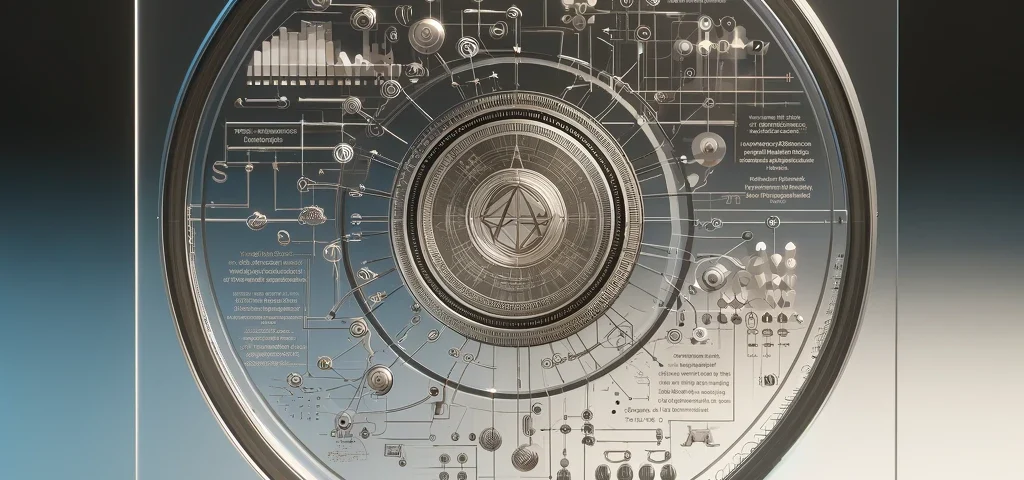Definition of a RAG in artificial intelligence
A RAG (Retrieval-Augmented Generation) in artificial intelligence is a method that combines text generation by machine learning with the retrieval of relevant information from a knowledge base. The aim of this approach is to improve the quality and accuracy of generated texts by drawing on existing data.
Here’s a (simplified) explanation from EFIMOVE.ai to help you understand how a RAG works:
- When a query is submitted to the system, it first searches its knowledge base for the most relevant information related to the request.
- This data is then used to guide and enrich the text generation process, performed by a language model such as GPT-4 or higher.
- In this way, the output generated will be more precise, coherent and informative. It can also integrate internal company data (capitalization of know-how, non-public data, etc.).
The benefits of using augmented recovery generation (ARG) AI in the enterprise
The use of RAGs offers several major advantages for text generation in artificial intelligence:
- Improved quality of generated texts: by drawing on reliable and relevant information, RAGs enable more accurate, coherent and content-rich texts to be produced.
- Reduced errors and inconsistencies: thanks to the use of a knowledge base, RAGs limit the risk of factual errors or inconsistencies in generated texts.
- Adaptability to different fields and subjects: RAGs can be used in a wide range of fields (medical, legal, scientific, etc.) by integrating sector-specific knowledge bases.
- Save time and increase efficiency: by automating part of the writing process, RAGs can rapidly generate high-quality texts, freeing up time for other tasks.
RAG IA applications
AI RAGs have many applications in different sectors:
- Web content authoring: RAGs can be used to generate articles, product descriptions or FAQs based on existing information.
- Chatbots and virtual assistants: by integrating RAGs, chatbots and virtual assistants can provide more precise and informative answers to users.
- Document summarization: RAGs can help to automatically generate document summaries by extracting key information.
- Machine translation: drawing on multilingual knowledge bases, RAGs can improve the quality of AI-generated translations.
- Business process improvement: employees supported by an advanced assistant with internal knowledge of the company and the business gain in productivity and efficiency.
AI RAGs, a revolution that will profoundly transform businesses
As our EFIMOVE experts regularly explain at conferences and in-house, RAGs represent a major advance in artificial intelligence text generation. By combining automatic learning and the retrieval of relevant information, they enable the production of more accurate, coherent and informative texts. With many possible applications in different sectors, RAGs have great potential for automating and improving content writing.
If you too would like to harness the power of a RAG in your business, contact our EFIMOVE team, who have a wealth of references and use-cases to their credit!

